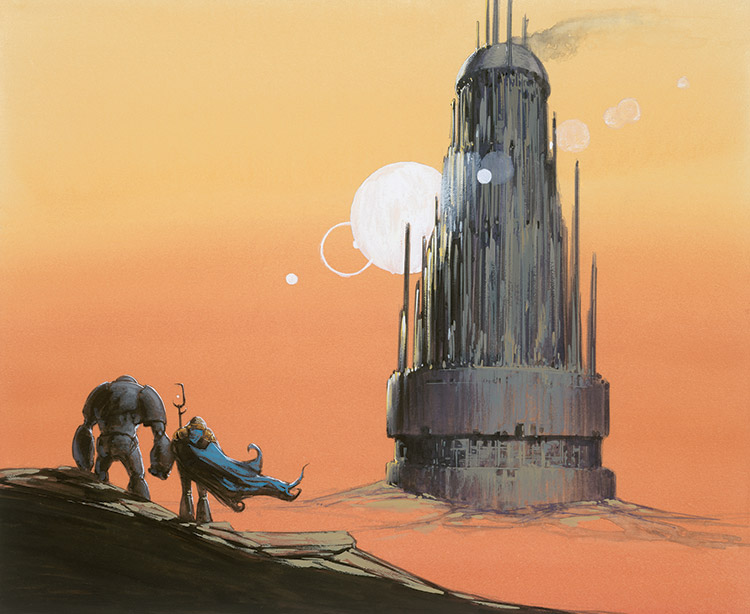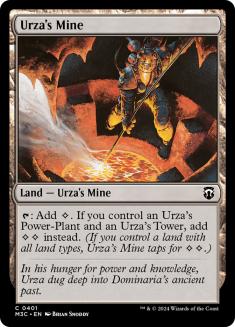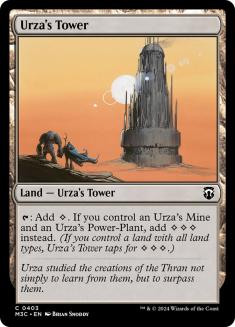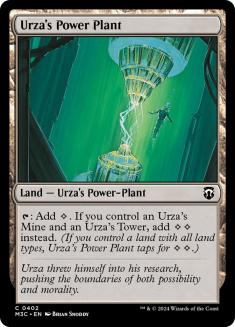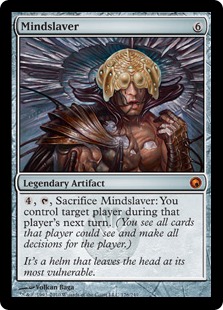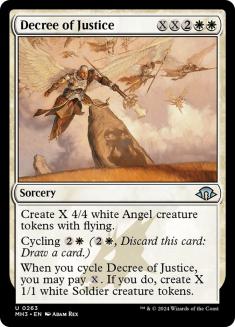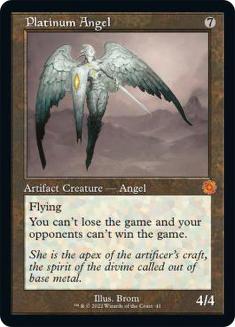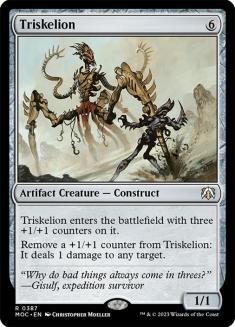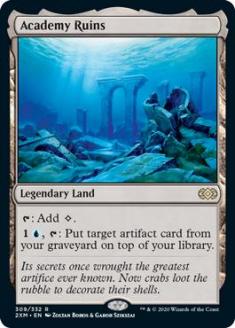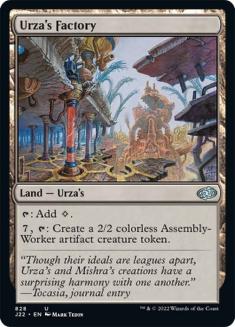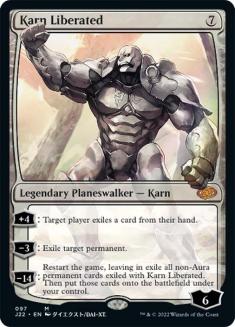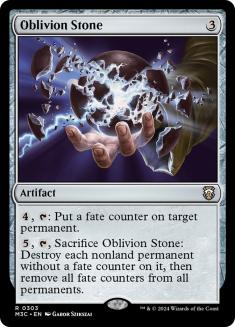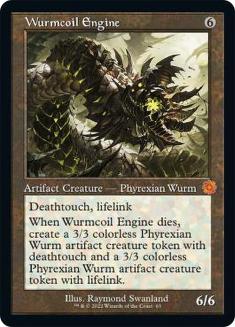With the reprinting of the Urzatron lands in Double Masters, Gavin Verhey covered the history of the powerful colorless lands in today’s episode of Good Morning Magic.
The Tron lands debuted in Antiquities with four different printings of each land, offering a variety of art options. They were reprinted a number of times, including in Fifth Edition but never made a real impact on Standard or Type 2 (as it was previously known as). But their inclusion in Eighth Edition changed everything.
With original Mirrodin block on the way, the Tron lands were powering out all kinds of crazy things like large copies of Decree of Justice and Mindslaver. Eventually Tooth and Nail got brought into the equation to ramp out Platinum Angel or Triskelion combos and once Ravnica: City of Guilds, Tron decks moved to Wildfire strategies reliant on the set’s Signets.
Proclamation of Rebirth and Martyr of Sands control decks also emerged from the original Ravnica block, but Time Spiral was the set that changed everything . Academy Ruins allowed Tron decks to endlessly loop Mindslaver to lock the opponent out of the game while Urza’s Factory gave the Tron decks a win condition on a land that combined perfectly with the trifecta.
The Tron decks made their last real evolution in Modern after the banning of Cloudpost. Gruul Tron with Ancient Stirrings, Chromatic Star, and Chromatic Sphere allowed the deck to turbo out Tron and a Karn Liberated to end the game almost on the spot. Since then, Tron decks have been fine-tuned to power out Karn, Oblivion Stone, Wurmcoil Engine, Ugin, the Spirit Dragon, or Ulamog, the Ceaseless Hunger to take over games.
Verhey wraps the video with five fun facts about the Tron lands, including the nugget that they were considered for Dominaria, but left out due to power reasons. The decision keeps Pioneer and Historic from also having Tron decks being problematic.

